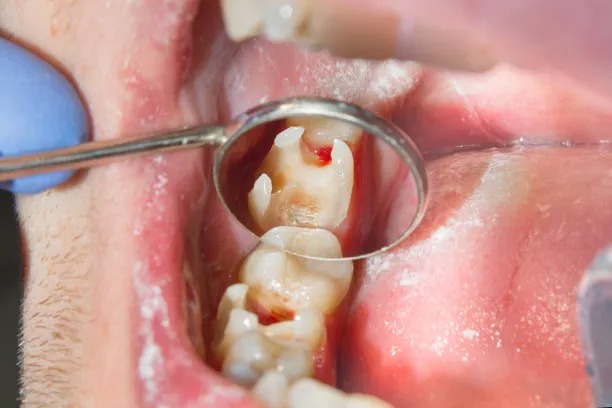Essential Precautions to Ensure a Safe and Effective Root Canal Treatment Experience for Patients and Dental Professionals
Summary: Root canal treatment (RCT) is a common dental procedure that can save a damaged tooth while relieving pain. Ensuring a safe and effective experience for both patients and dental professionals requires essential precautions. This article delves into four crucial aspects: comprehensive patient evaluations, maintaining a sterile environment, employing advanced techniques and technologies, and providing effective patient education. By focusing on these factors, dental practitioners can improve outcomes and enhance patient comfort during this critical procedure.
1. Comprehensive Patient Evaluations Are Vital

Before beginning a root canal treatment, a thorough patient evaluation is crucial. This assessment typically includes reviewing the patients medical history, current medications, and any allergies they may have. Identifying pre-existing conditions such as heart disease, diabetes, or autoimmune disorders can also play a vital role in planning the most effective treatment approach.
Moreover, dental professionals should perform a complete oral examination to determine the exact nature of the dental issue. Diagnostic imaging, such as X-rays, is essential to assess the extent of decay or infection. These images provide valuable insight into the structure of the tooth and surrounding tissues, ensuring that the practitioner makes informed decisions throughout the procedure.
Finally, effective communication between the patient and dentist during this evaluation process is paramount. Patients should feel comfortable discussing their concerns, and practitioners should actively listen to their worries to tailor the treatment plan accordingly. This collaborative approach enhances trust and sets a positive tone for the upcoming procedure.
2. Maintaining a Sterile Environment is Essential
One of the key precautions during RCT is maintaining a sterile environment to minimize the risk of infection. Practitioners should adhere strictly to infection control protocols, including the use of personal protective equipment (PPE) such as gloves, masks, and eyewear. Sterilizing all instruments before use is also critical to prevent cross-contamination.
The treatment area should be thoroughly cleaned and disinfected to create a safe space for the procedure. Dental chairs, countertops, and surrounding surfaces must be wiped down with appropriate disinfectants before each procedure begins. This diligent approach helps ensure patients feel safe and comfortable during their treatment.
Additionally, using disposable materials whenever possible, such as syringes and cotton rolls, reduces the risk of infection. Implementing these sanitation practices creates a safer environment, ultimately promoting better treatment outcomes for patients and increasing the confidence of dental professionals in their work.
3. Employing Advanced Techniques and Technologies
The use of advanced techniques and technologies can significantly enhance the safety and effectiveness of root canal treatments. For example, magnification systems, such as dental loupes or operating microscopes, allow practitioners to visualize the intricate anatomy of the tooth, ensuring thorough cleaning and shaping of the root canals.
Additionally, utilizing rotary endodontic instruments allows for more efficient and precise canal preparation compared to traditional manual techniques. These instruments help reduce the time patients spend in the dental chair and improve the overall quality of the treatment.
Moreover, the integration of digital imaging and 3D cone beam computed tomography (CBCT) scanning into the RCT workflow provides valuable diagnostic information. These advanced technologies enhance treatment planning and outcome prediction, providing dental professionals with insights that contribute to a higher success rate in complex cases.
4. Providing Effective Patient Education
Patient education is a critical component of ensuring a good experience during root canal treatment. Before the procedure, dental professionals should explain the process, address any concerns, and discuss any potential risks and benefits. A well-informed patient is more likely to be at ease, which can positively influence their overall treatment experience.
After the procedure, its equally important to provide patients with clear aftercare instructions. These guidelines should include information about pain management, dietary restrictions, and when to seek further care. Ensuring patients understand what to expect during their recovery can enhance their adherence to aftercare practices, leading to better healing outcomes.
Moreover, encouraging patients to ask questions can promote openness and strengthen the dentist-patient relationship. When patients feel empowered and supported, it improves their overall satisfaction with the treatment they receive.
Summary:
Comprehensive patient evaluations, effective infection control, advanced techniques, and thorough patient education are essential components of a safe and effective root canal treatment experience. By prioritizing these aspects, dental professionals can not only enhance treatment outcomes but also foster a positive environment that puts patients at ease.
This article is compiled by Vickong Dental and the content is for reference only.


